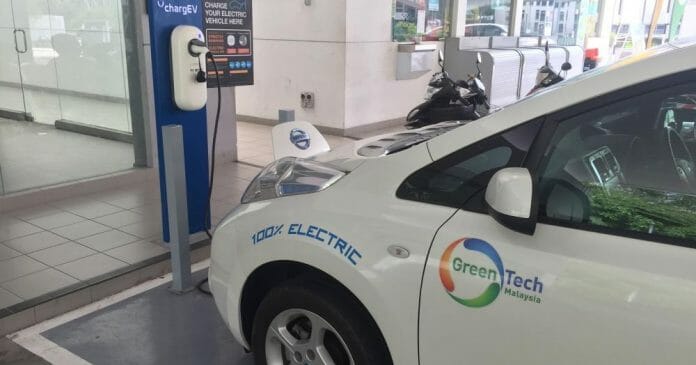In response to the recent announcement by the government to push for more affordable electric vehicles in the country, the Zero Emission Vehicle Association said in the Low Carbon Mobility Blueprint authored by Malaysia Green Technology Corporation, the government targeted 15% EV in the annual new sales. and calculated that this would mean 700,000 EVs on the road by 2030.
This is then strengthened by the National Energy Policy (Dasar Tenaga Negara) which targets 38% of EVs in the annual new sales by 2040. All to achieve the Rancangan Malaysia ke-12 i.e., to achieve net zero carbon emission by 2050.
It added the Budget 2023 announced on 7th October 2022 was also seen as progressive. ZEVA said it hopes that continued stamina can be shown in the upcoming Budget slated to be tabled on February 24, 2023.
Among the proposals, it makes it some interventions that will push the number from the current number of around 2,000 to 700,000 EVs on the road by 2030.
While more approval permits are being issued for foreign EVs to be sold in the country, it believes that the charging industry also needs to respond. A recent survey showed EV users in Sept 2022 the top 2 concerns of EV adoption are driving distance anxiety and lack of destination charging infrastructure.
As of now, the number of chargers in the country is estimated to be close to 800 for AC chargers and 100 for DC fast chargers. This is about 10% of the target outlined in 2025 in the Low Carbon Mobility Blueprint (i.e 10,000 chargers).
ZEVA’s Proposal to Spur the Number
Therefore, the following is among the proposal of ZEVA for the government to consider in their formulation of the 2023 budget, with a focus on the infrastructure
Most of the incentives as shown above are not to cover 100% of the chargers’ cost but rather to cater for the associated cost of setting up charging facilities. Some examples are the land for the new power supply substation, new cable trenching, utility mapping, mechanical, civil, and electrical consultancy work, and many more.
In addition, ZEVA is also proposing a matching grant for R&D in the EV industry, specially catered for the automotive industry. We also proposed a cash rebate for trade-ins of petrol/diesel-fueled vehicles to EVs and cash incentives for EV new purchases. This small incentive will be useful to inspire some, if not all, of the high-end new vehicle buyers annually (ZEVA estimated at around 100,000 units).
Apart from the above, ZEVA is looking forward to the government to consider the existing incentives for EVs to be extended up to 2030 to give room for the industry to respond.
Additionally, the savings from fuel subsidies can be used to incentivise the charging infrastructure, initial calculation indicated that the above incentives would require a small percentage of this saving i.e. around 16.5%. This will amplify the number of EVs to 15 times growth and be able to reduce 17% of greenhouse gas emissions.









